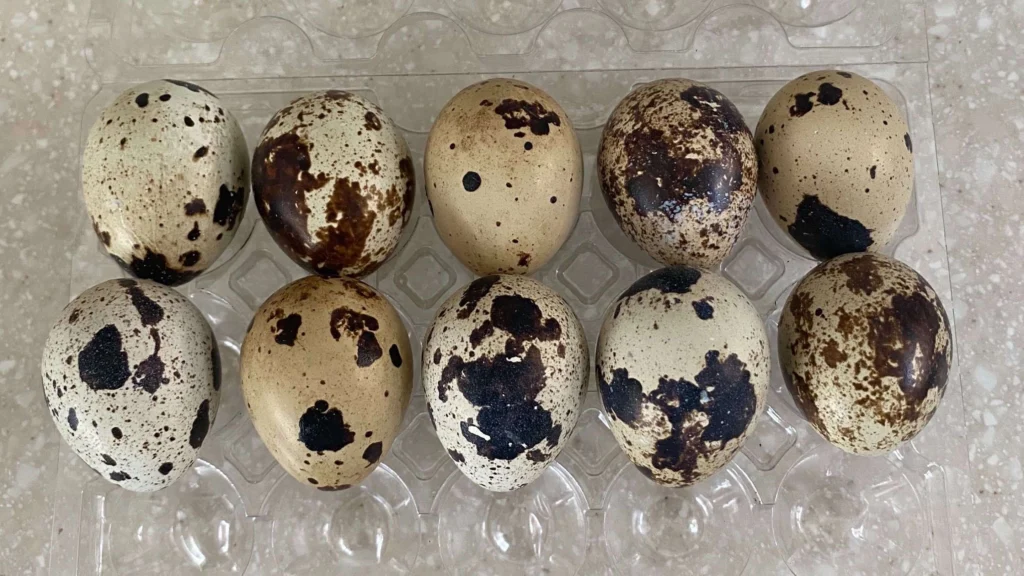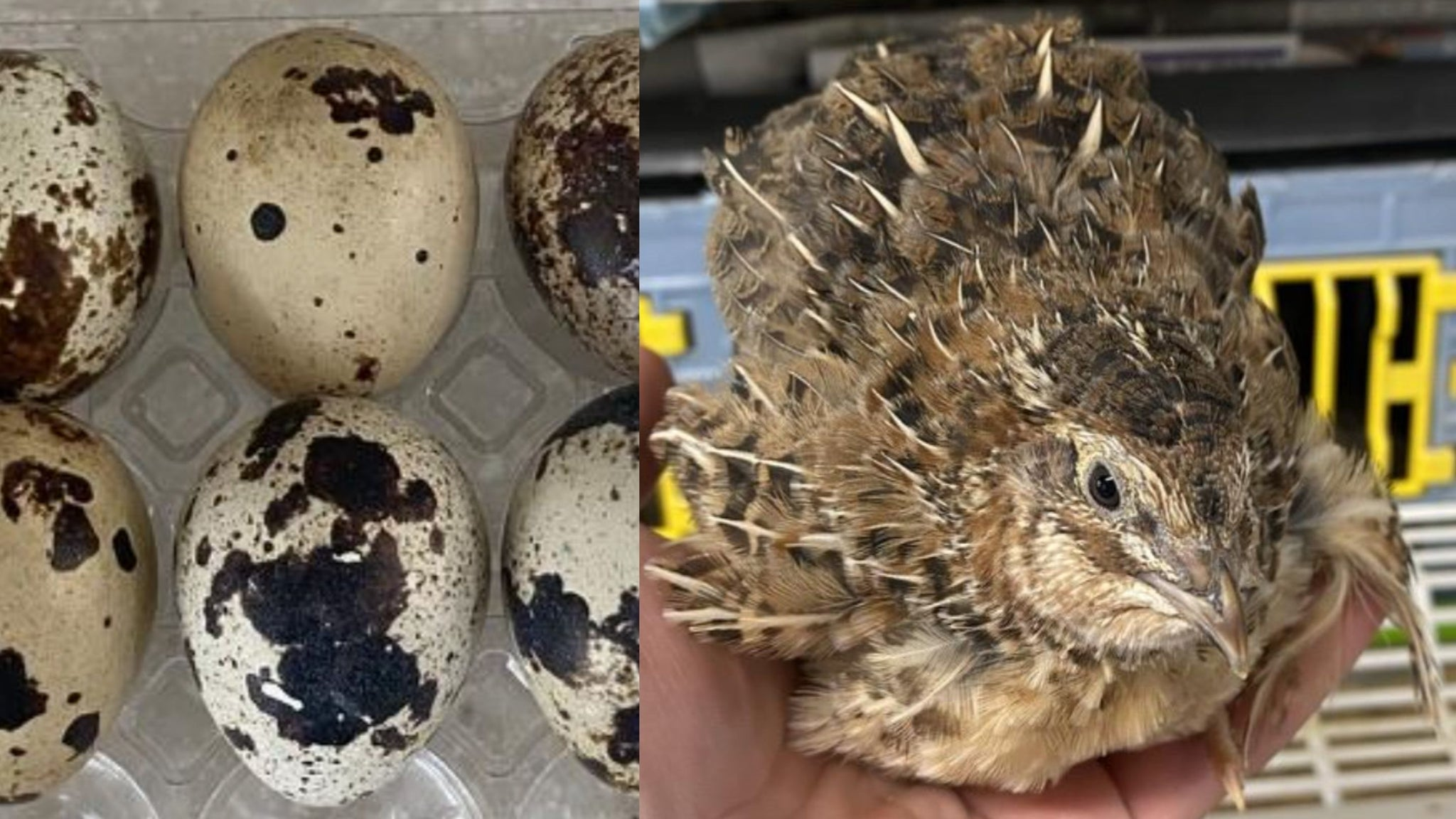Raising quails at home is an excellent way to enjoy fresh, nutritious eggs and delicious lean meat while embracing a sustainable lifestyle. These small, charming birds are relatively easy to care for, making them ideal for beginners or small-space farmers. Whether you’re aiming for a productive hobby or exploring a potential business opportunity, here’s everything you need to know to get started.
Choose the Right Breed
To ensure high egg production, it’s crucial to pick a reliable and productive breed. Coturnix quails are the most recommended for beginners. They mature quickly, are less skittish, and can lay up to 300 eggs annually. These birds begin laying as early as 6–7 weeks of age, which means you’ll see results fast.
Set Up a Comfortable Habitat
Housing plays a significant role in your quails’ health and egg-laying consistency. Use wire cages or stacked enclosures, especially if you’re working with limited space. Ensure each quail has at least 1 square meter per 6–8 birds. Good airflow is essential to prevent respiratory issues, and secure enclosures will protect them from predators.
Include a section with dry bedding such as wood shavings and a covered area for privacy. Keep the temperature consistent, ideally between 20–25°C (68–77°F).
Optimize Lighting Conditions
Lighting has a direct impact on egg production. Quails require 14–16 hours of light per day to maintain consistent laying. If natural light is insufficient, use a 40–100 watt bulb to simulate daylight. Automatic timers can help you maintain a regular schedule.
Feed for Performance
Proper nutrition ensures strong egg shells and active birds. Provide a balanced feed with:
- 22–24% protein for adult quails
- 27% protein for chicks
Each adult consumes around 20–25 grams of feed daily. Add crushed oyster shells or calcium supplements to improve eggshell quality. Keep fresh water available at all times, and consider adding vitamins or probiotics occasionally for enhanced health.
Breeding and Egg Collection

To breed quails, keep a ratio of 1 male to every 5 females. Avoid overcrowding, as it can stress the birds and reduce fertility. Quail eggs are small but abundant, and hens can lay nearly an egg a day under optimal conditions.
Since quails don’t typically brood, you’ll need an incubator to hatch the eggs. The incubation period is about 17 days, and humidity levels should be maintained at 45–50%, increasing to 65% during the final days.
Cleanliness Is Key
A clean environment minimizes the risk of disease and keeps quails happy. Clean cages weekly, refresh water daily, and change bedding as needed. Monitor for signs of illness, such as lethargy or feather loss, and separate any sick birds to prevent spread.
Routine and Consistency
Routine care is essential. Feed and check on your quails at the same time daily, maintain clean surroundings, and collect eggs promptly to encourage more laying. A stable environment fosters less stress and more productivity.
Final Thoughts
Raising egg-laying quails at home is not just easy and affordable—it’s also deeply satisfying. With minimal space and effort, you can produce a steady supply of eggs and possibly even scale into a small business. By following these straightforward steps, you’ll be on your way to enjoying all the perks of quail farming.
Give it a try, and you might be surprised how quickly your backyard turns into a productive, feather-filled success story!


799035 862823Extremely usefull weblog. i will follow this weblog. maintain up the excellent work. 135642